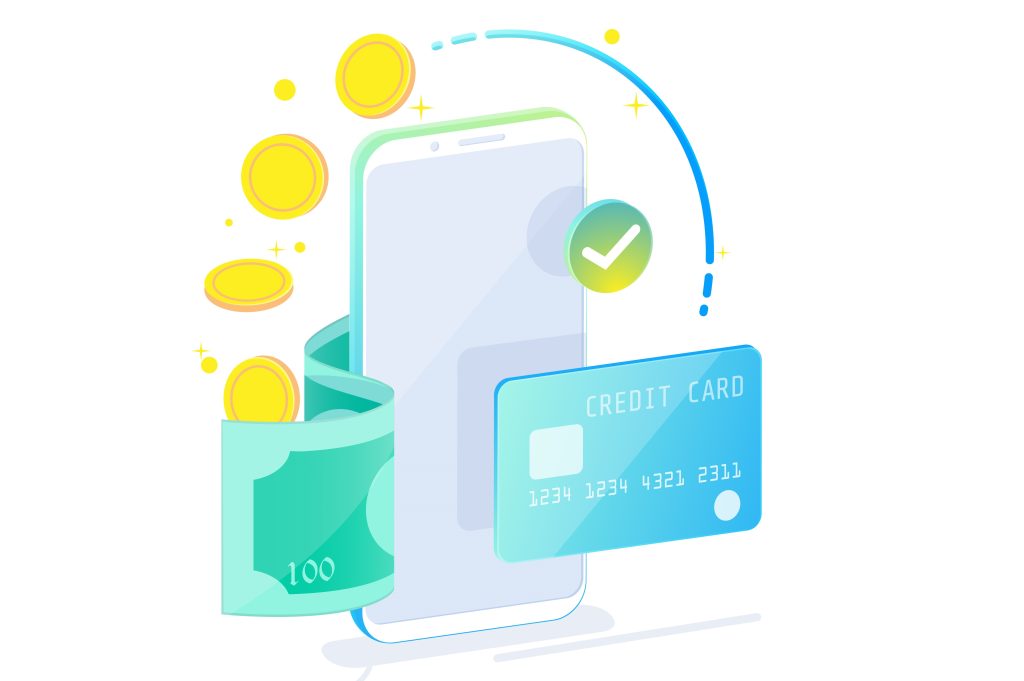Within the past year and a half, the payments landscape has dramatically transformed. Rather than a traditional cash exchange, monetary platforms are becoming increasingly rare. Statistics show the number of cash transactions dropped to 28% in 2020, even before the COVID-19 pandemic. So what comes next in an increasingly digital world?
The digital dollar. This new currency functions like cash — only without the delays, processing fees or onboarding prerequisites. Many banks, along with the Federal Reserve, are working to create and implement this cashless payment that goes directly into a digital wallet.
Digital wallets play a vital role in the acceleration of the modern payments landscape and their use in North America is expected to increase nearly 50% by 2025. Due to the permeation of smartphones and other digital advancements, digital wallets have a unique competitive advantage over traditional bank accounts. As a result of this digital shift, mobile money has seen exponential growth across communities that previously had insufficient access to refined financial services in regions like Africa, the Middle East and Latin America.
With the help of digital payment options like mobile wallets, consumers can make purchases in seconds using their smartphones. Adopting the faster payment mentality has become a necessity from overall convenience and easy-to-use capabilities, providing an assortment of advantages for consumers. Three of these evident advantages include:
1. Stronger security measures
Digital wallets require users to confirm transactions through fingerprint or password verification. They are protected by the consumers’ digital device security system, including passcodes, face ID or fingerprints. This extra layer of security decreases the chances of someone gaining access to a consumer’s physical wallet or cards with all the information being stowed away within a protected device.
Consumers can also have peace of mind knowing their information is encrypted and never sent to third-party organizations outside their own devices. Mobile wallets monitor for fraud, loss or unauthorized transactions and provide alerts and push notifications, warranting a greater sense of transparency and more robust security. Overall, mobile wallets can be considered more secure than cash or credit and debit cards with these additional safeguards that include varying levels of authentication.
2. Flexibility and ease of use
Consumers can ditch their physical wallets and replace them with a phone in their back pocket. The digital wallet is as simple as downloading an app on a mobile device and saving card information so the user can start spending immediately. Card information is saved to the mobile app, as well as encrypted, erasing the hassle of needing to re-enter card information for every purchase.
Consumers can also utilize their mobile devices with the wave of a hand over point-of-sale machines to pay in store instead of digging through wallets to find the right card.
3. Digital and financial inclusion
According to the most recent National Survey of Unbanked and Underbanked Households by the Federal Deposit Insurance Corp. (FDIC), more than 6% of U.S. households are unbanked — meaning the number of U.S. residents with limited access to banking services. With the progression of digital wallets and payment apps, these numbers are starting to decline.
Mobile wallets enable individuals who are unable or do not wish to access banking services to make financial transactions. The “unbanked” or “underbanked” households can now store funds, transfer money and make payments, all with the help of digital wallets. These digital platforms also advance the role of financial inclusion in minimizing an individual’s reliance on cash, which in return lessens risks that come with handling money — such as loss, fraud, health concerns and theft.
As society digitally evolves, so will the future of modern payments. As digital payment options gain an edge over traditional payment practices, cash and checks are continuing to become a thing of the past. According to survey sites like Statista, contactless technologies are projected to generate over $220 billion in transaction value, further accelerating mobile payment services. Digital wallets are only the beginning of this transformation in embracing a faster payment mentality to fulfill consumers’ wants and needs quicker than ever. As they continue to grow in popularity, businesses must consider the endless possibilities digitals wallets offer to keep up with consumers.
